Climate & Environment
Nepal’s glaciers are retreating faster than ever
Many global leaders still dismiss climate change as a hoax, believing glacier melt is a natural process unrelated to human activity.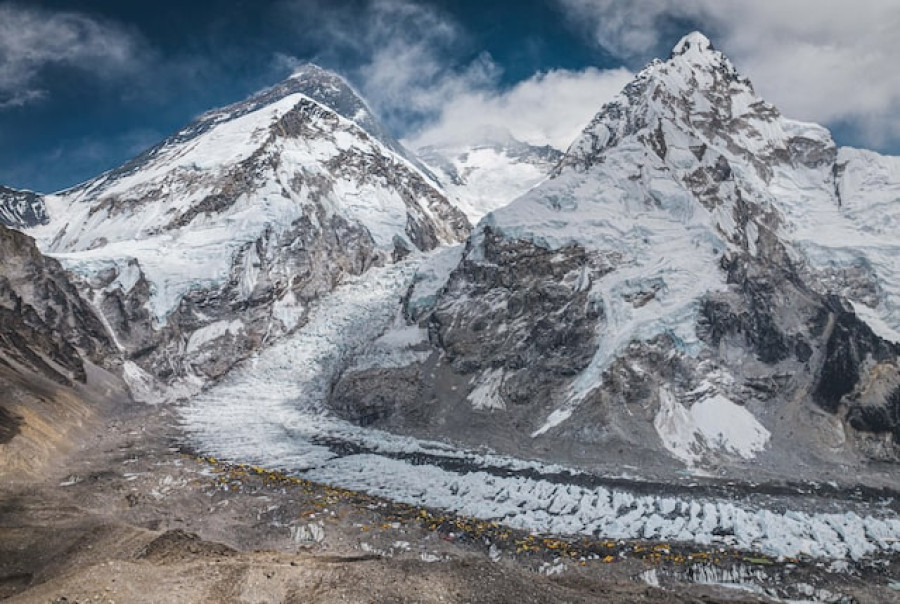
Aarati Ray
Glaciers in many regions will not survive the 21st century if they keep melting at the current rate, UN climate experts said on March 21.
March 21 marked the first-ever World Glacier Day, established by the UN to promote glacial conservation. The UN has also declared 2025 as the International Year of Glaciers’ Preservation (IYGP) to raise awareness on glaciers and their crucial role in water security.
The Post’s Aarati Ray sat down with Finu Shrestha, a remote sensing and geo-information analyst at ICIMOD (International Centre for Integrated Mountain Development), specialising in cryosphere and water risks. Shrestha discusses the retreating glaciers and the growing threat of glacial lake outburst floods (GLOFs) in Nepal.
Why is the International Year of Glaciers’ Preservation significant for Nepal?
I believe the IYGP is a vital platform for Nepal and other Himalayan nations to highlight the alarming state of their glaciers and the far-reaching impacts of glacial melt.
It also presents an opportunity to push for greater climate financing and technological support within global climate frameworks.
What are some major misconceptions about glacier retreats?
Many global leaders still dismiss climate change as a hoax, believing glacier melt is a natural process unrelated to human activity. Some assume researchers and organisations highlight its impacts only to secure funding. Others think seasonal snowfall is enough to replenish glaciers and offset melting.
There’s also a misconception that glacier-related disasters like Glacial Lake Outburst Floods (GLOFs), avalanches, and icefalls, only affect small, remote mountain communities, with little impact on the rest of the world. But this couldn’t be further from the truth.
What is the current condition of glaciers in Nepal?
Nepal’s glaciers are retreating at an alarming pace.
According to the ICIMOD, glaciers in the Hindu Kush Himalaya melted 65 percent faster between 2011 and 2020 compared to the previous decade. An ICIMOD report shows that Nepal lost approximately 25 percent of its glacier area between 1980 and 2010. The trend is accelerating as climate change continues.
This rapid retreat is a direct result of climate change, which also leads to the fragmentation of glaciers as they melt. This fragmentation increases the number of smaller glaciers.
One of the most studied glaciers in Nepal, Yala Glacier, has been a benchmark for understanding glacial dynamics in the region since 1974. Currently, it is losing more than a metre of ice from its surface each year. Experts predict that it could completely disappear within the next few decades.
This trend is not limited to Yala Glacier; other smaller glaciers are also experiencing similar losses. Even larger glaciers are steadily losing their mass through thinning and retreat.
How is glacial loss affecting Nepal and what can be the long-term consequences?
Glaciers are fundamental in terms of freshwater resources, agriculture, hydropower, and drinking water in Nepal. As glaciers retreat, there will initially be too much water flowing into rivers, leading to increased water supply. While this may provide short-term benefits, this situation is not sustainable.
Over time, as glaciers shrink, there’ll be less water, especially in the dry season. This decline in river flow will diminish the natural water storage, threatening long-term water security for agriculture, drinking water, and hydropower production.
In addition to the decrease in water availability, the melting of glaciers contributes to the formation and expansion of glacial lakes, which increases the risk of GLOFs.
According to a 2020 report by ICIMOD, 47 potentially dangerous glacial lakes (PDGLs) were identified within Nepal’s Koshi, Gandaki, and Karnali river basins. The Koshi basin contains 42 of these PDGLs, making it the most at-risk region.
The Gandaki and Karnali basins have 3 and 2 PDGLs, respectively. As glaciers continue to melt, these glacial lakes are likely to grow larger, raising the risk of catastrophic GLOFs.
These floods can have long-term consequences, including flooding, riverbank erosion, sediment deposition on fertile land, and widespread destruction of infrastructure, communities, and ecosystems.
The growth of these glacial lakes, along with the risk of GLOFs, is a major threat to the safety and well-being of people living downstream.

With the rising risk of Glacial Lake Outburst Floods (GLOFs), what are the latest monitoring systems being used to prevent such disasters?
Compared to the past, advanced technologies like satellite imagery, remote sensing, and automatic weather stations (AWS) with cameras are now used to collect real-time data on temperature, precipitation, and glacial lake conditions. These tools allow continuous monitoring of the lakes, while field data helps assess their size, volume, and stability. This combination of tech and ground-based monitoring gives valuable data into flood risks and helps improve early warning systems (EWS) for GLOF threats.
EWS and AWS are installed at high-risk lakes like Imja Tsho and Tsho Rolpa, using real-time data to monitor conditions. If a GLOF is likely, these systems warn downstream communities, giving them time to evacuate or take precautions. In addition, structural measures are in place to release water from the lakes and reduce the GLOF risk.
What gaps exist in Nepal’s climate policies regarding glacier preservation?
One of the major gaps in Nepal’s climate policies is the absence of a glacier conservation framework. Current policies integrate glacier management within broader environmental or water resource strategies, rather than focusing on glacier preservation as a critical issue.
There is a disconnect between climate change policies and local or indigenous knowledge, and communities have little say in decision-making.
Disaster preparedness and response strategies for glacier-related hazards are still lacking. While the government has set a goal to lower the water level of three potentially dangerous glacial lakes by 2030 to reduce risks, progress is slow due to limited funding for long-term research and monitoring. Without sustained investment, data gaps will emerge, making it even harder to understand and address the impacts of glacier retreat in Nepal.
There is also poor coordination between transboundary nations to address glacier-related hazards and integrate solutions into national climate policies.




 10.12°C Kathmandu
10.12°C Kathmandu
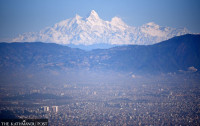
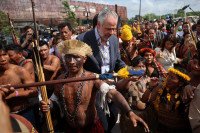


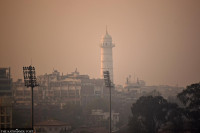
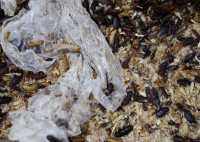


%20(1).jpg&w=300&height=200)

